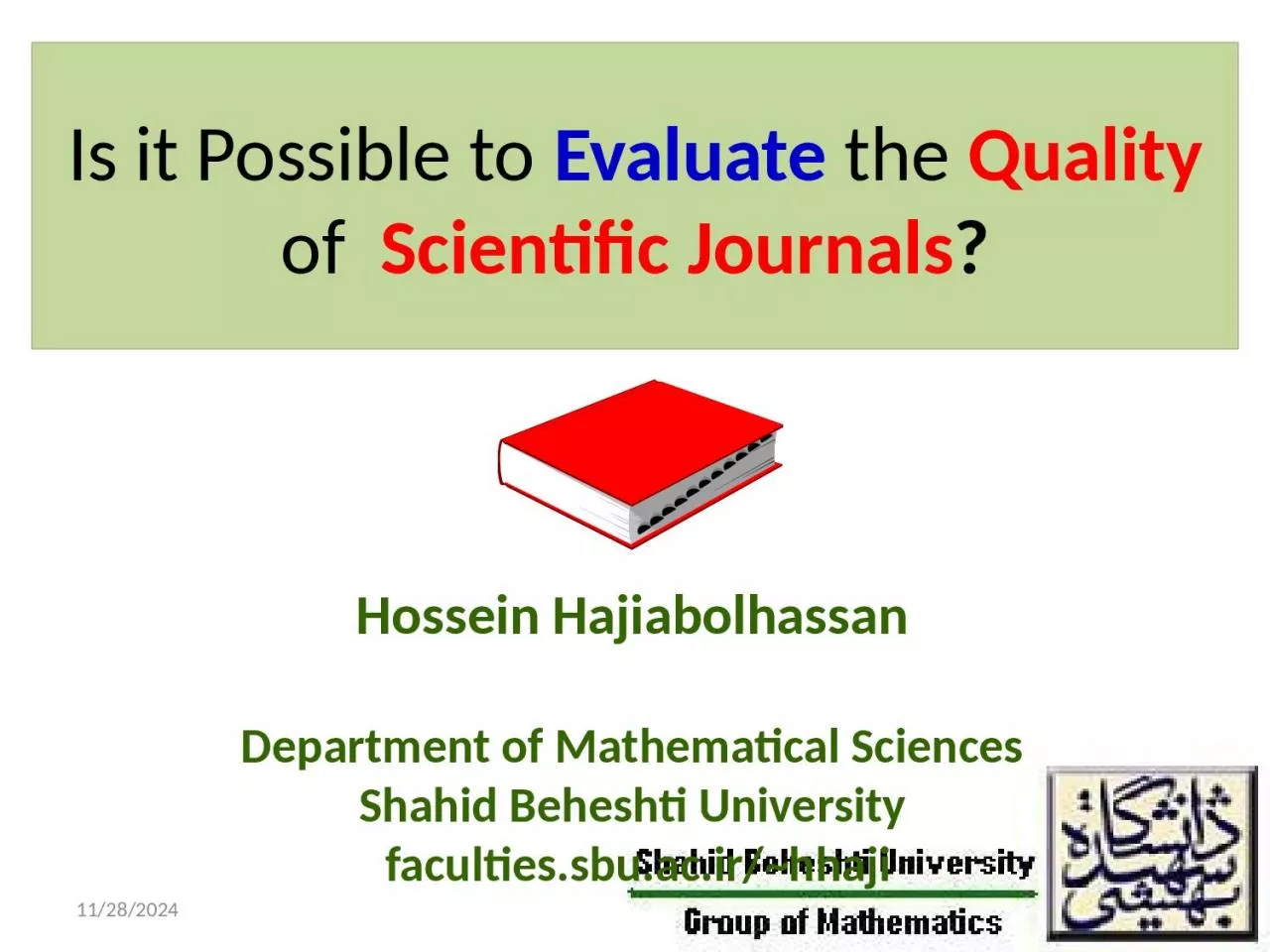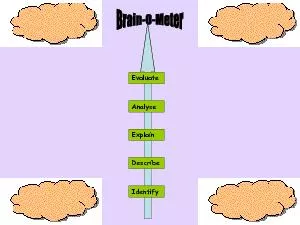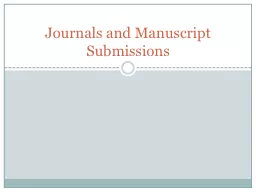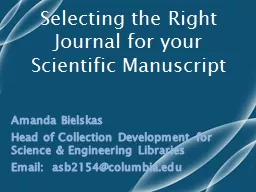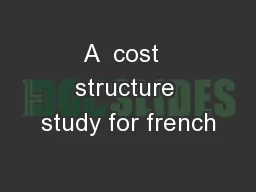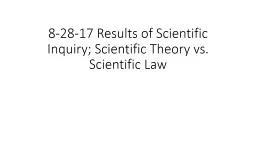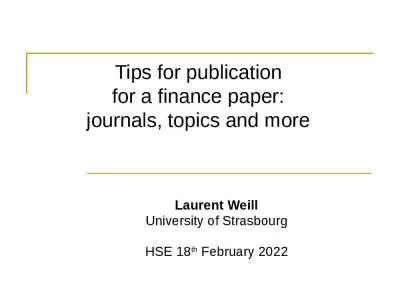PPT-Is it Possible to Evaluate the Quality of Scientific Journals?
Author : bubbleba | Published Date : 2020-08-29
the Quality of Scientific Journals Hossein Hajiabolhassan Department of Mathematical Sciences Shahid Beheshti University facultiessbuacirhhaji 1162011 Research
Presentation Embed Code
Download Presentation
Download Presentation The PPT/PDF document "Is it Possible to Evaluate the Quality o..." is the property of its rightful owner. Permission is granted to download and print the materials on this website for personal, non-commercial use only, and to display it on your personal computer provided you do not modify the materials and that you retain all copyright notices contained in the materials. By downloading content from our website, you accept the terms of this agreement.
Is it Possible to Evaluate the Quality of Scientific Journals?: Transcript
Download Rules Of Document
"Is it Possible to Evaluate the Quality of Scientific Journals?"The content belongs to its owner. You may download and print it for personal use, without modification, and keep all copyright notices. By downloading, you agree to these terms.
Related Documents

